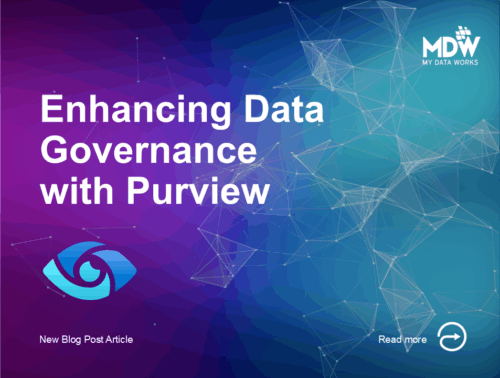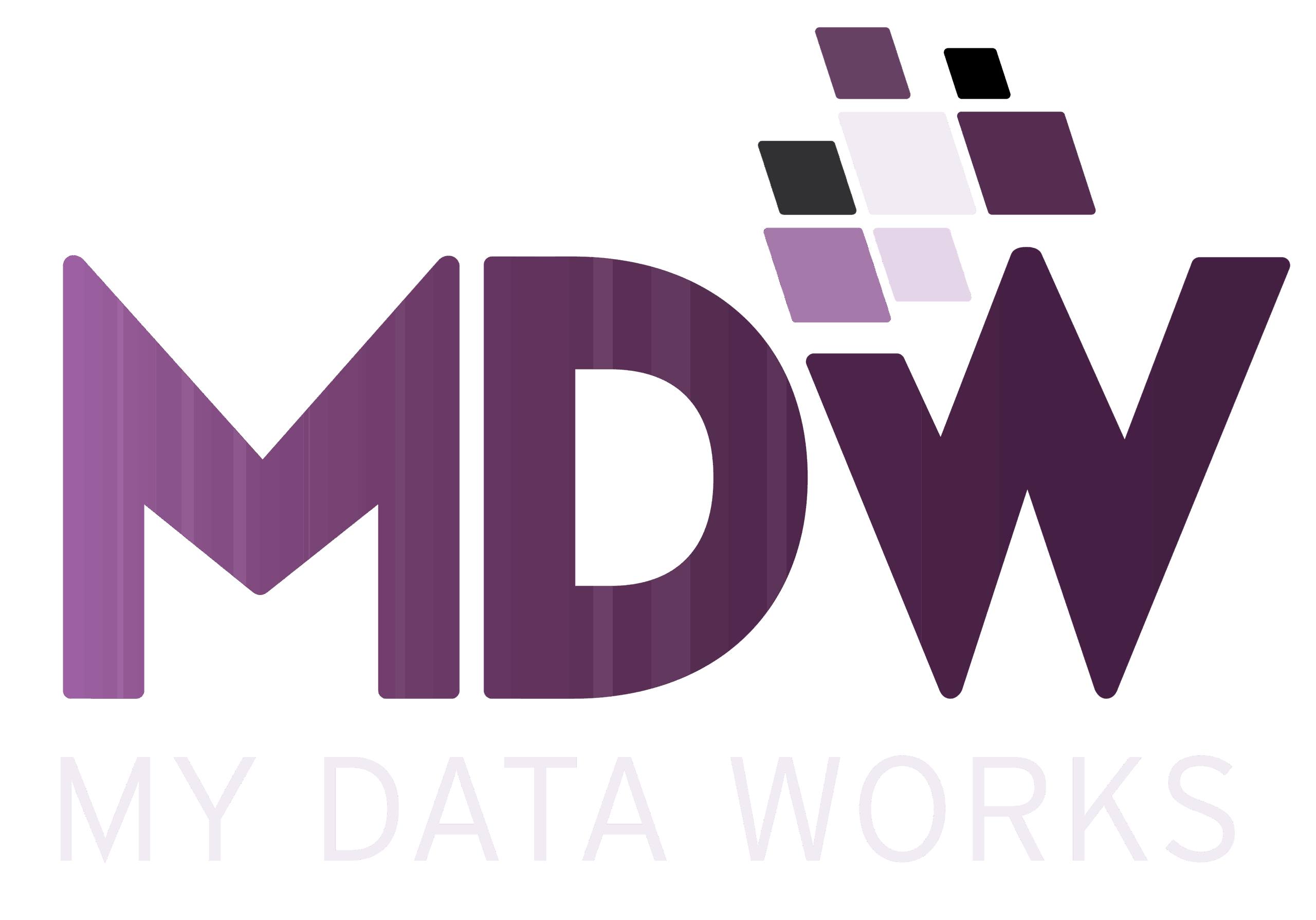Introduction
In our current age of digital information, organizations struggle not because they lack data, but because they can’t find, trust, or manage it effectively. That’s where Microsoft Purview comes into a unified platform for data governance, discovery, classification, and compliance.
But what does that mean to you?
Whether you’re a business analyst, data engineer, compliance officer, or IT admin, Purview helps you do your job better by making data more discoverable, secure, and governed across your entire organization.
What is Microsoft Purview?
Microsoft Purview is a comprehensive data governance platform designed to manage, monitor, and protect organizational data across hybrid and cloud environments. It integrates multiple functionalities to provide a unified system for data oversight, offering tools for data cataloging, policy enforcement, and compliance management. Its flexibility and scalability make it ideal for enterprises of all sizes looking to enhance their data governance strategies.

Key Features of Microsoft Purview
1. Discover and Understand your Data
“I need to find the right data quickly and trust it.”
With Purview’s Data Map and Search, you can:
- Easily search across your entire data estate on-premises, multi-cloud, or SaaS
- See where data comes from and how it’s used (data lineage)
- Understand data through rich metadata and business glossary terms
Benefit: Less time spent guessing or chasing datasets. You use trusted, approved data faster.
2. Protect and Classify Sensitive Data
“How do I know where sensitive or regulated data lives?”
Purview automatically:
- Scans and classifies data using built-in or custom policies (e.g., credit cards, PII, GDPR terms)
- Labels sensitive fields for security and compliance
- Flags data that requires restricted access
Benefit: Reduce data risk and simplify compliance (GDPR, HIPAA, ISO) without slowing operations.
3. Empower the Right People with the Right Access
“Who should be allowed to see or edit this data?”
Through role-based access control and data policies, you can:
- Define who can see, curate, or manage data
- Use collections to group assets by team or function
- Set data access policies based on sensitivity or region
Benefit: Self-service access to governed data, with controls in place. No bottlenecks, no oversharing.
4. Automate and Scale Governance
“I want governance to run in the background, not be a manual headache.”
Purview helps automate:
- Scans (scheduled or triggered)
- Classifications (applied automatically)
- Policy enforcement (based on rules)
- Lineage tracking (from pipelines like Synapse, ADF, Power BI, etc.)
Benefit: Governance becomes part of your data lifecycle, not a separate process.
5. Integrate with Tools You Already Use
Purview integrates with:
- Azure Synapse, Data Factory, Power BI
- Microsoft 365 Compliance Center
- Third-party data sources (Amazon S3, Snowflake, etc.)
- Security and identity via Microsoft Entra (formerly Azure AD)
Benefit: You govern the data where it lives and as it flows — not in isolation.
From “Old Purview” to the Unified Portal
The classic Purview portal (also known as the “Governance Portal”) was the original version of Microsoft Purview, designed to support data scanning, discovery, classification, and lineage. It enabled organizations to curate both structured and unstructured data assets, laying a strong foundation for data governance across on-premises, multi-cloud, and SaaS environments.

The new unified Purview portal (available at purview.microsoft.com) offers a modernized and centralized experience. It’s designed as a single control plane to manage governance, compliance, security, and data policy across the organization, all in one place.

Who Benefits from Microsoft Purview
| Feature | Classic Purview | Unified Purview Portal |
| Scope | One instance per account | Tenant-wide governance |
| Interface | Legacy, account-specific | Modern, intuitive UI |
| Access Control | Role-based per account | New tenant-level roles + legacy roles |
| Capabilities | Scanning, classification, lineage | + Live view, scan presets, advanced options |
| Scan Scheduling | Manual or customized | Preset-driven, with templates |
| Domain Management | Not available | Multiple accounts under one governance model |
| Private Connectivity | Traditional private endpoints | Supports platform-level private endpoints |
Classic vs Unified Portal
Why Migrate?
- Centralized data governance: Manage all data assets from a single, unified tenant-level platform.
- Improved user experience: A refreshed interface, real-time data views, scan templates, and simplified asset management.
- Scalability: Easily onboard and consolidate multiple Purview accounts.
- Advanced governance: Introduces more granular role-based access control across your organization.
Should You Migrate Now?
Is it worth transitioning now?
Yes. Migration is free, and you immediately gain access to the latest capabilities and improvements — while support for the classic portal will gradually phase out.
Before migrating, consider:
- Ensuring network configurations and firewall rules are in place.
- Informing internal users about role changes and new UI.
- Validating integration points (e.g., Synapse, ADF, Machine Learning lineage).
Can You Go Back to Classic?
If you’re using the unified experience (even with the Enterprise version), you can still temporarily switch back to the classic portal using the toggle. However, if you delete the enterprise resource, you’ll lose your configuration and will need to start fresh.
At MDW (My Data Works), we accelerate business transformation by delivering cloud-native solutions that combine data, AI, and business applications. With 5-time recognition as Microsoft Partner of the Year, we’re a trusted advisor to industry leaders. With deep expertise across Microsoft technologies, our team helps you move faster, simplify complexity, and create value from your data.






